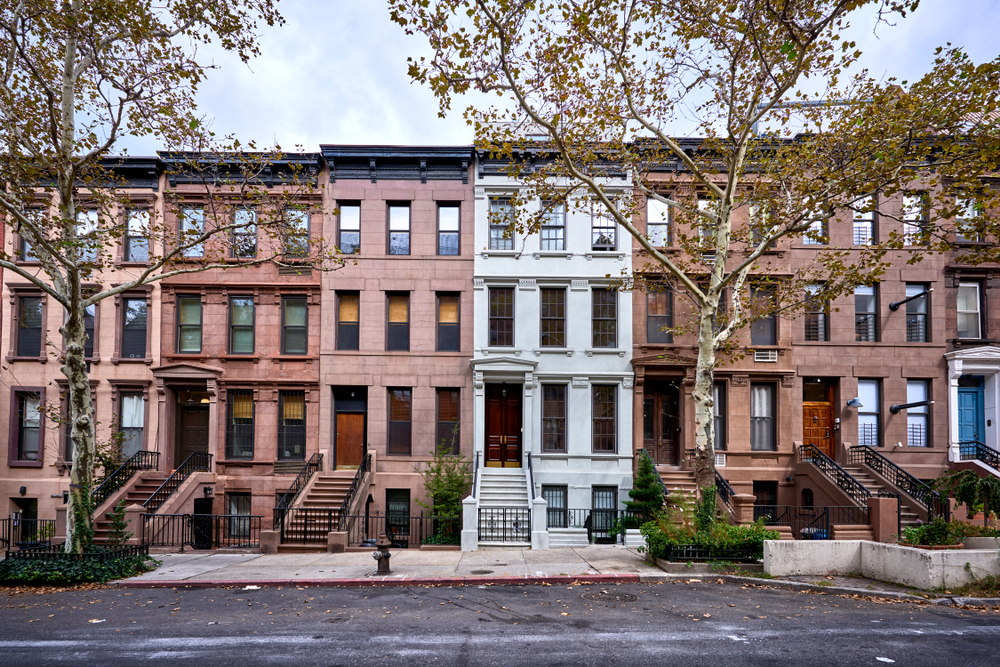Despite the passing of 50 years since the Fair Housing Act was passed, New York City continues to struggle with the issue of segregation. In fact, only one in four New York residents lives in what is considered to be an integrated neighborhood. In addition, a 2014 study found that New York’s schools are among the most segregated in the country.
In an effort to address this issue, a new report titled “Desegregating NYC: 12 Steps Toward a More Inclusive City” was recently published by City Council member Brad Lander in partnership with Policy and Budget Director Annie Levers and several other council members. Addressing issues such as infrastructure policies, education and housing, the report proposes making some critical changes in order to create a more integrated city. Here are just a few of the suggestions made in the report.
Making AFFH a Law in NYC
The Affirmatively Furthering Fair Housing (AFFH) act was passed under the Obama administration, but has since been de-prioritized under the Trump administration. The report suggests making this act a law in New York City. Under this law, more investments would be made in low-income communities and there would be more planning for affordable housing in all neighborhoods, not just in poor minority neighborhoods.
Mandatory Inclusionary Housing
To fully realize the potential of Mandatory Inclusionary Housing, the report also suggests rezoning more affluent parts of the city. Not only would this help to spur integration, but it would also assist with counterbalancing gentrification. Rezoning whiter, wealthier neighborhoods will also help to increase the overall number of housing opportunities available throughout the city, achieving integration without creating displacement.
Strengthening Existing Public Housing
While creating new affordable housing within mixed-income developments and neighborhoods is one stop toward better integrating the city, the report also maintains that more steps need to be taken to strengthen and preserve the public housing that is already in existence. This way, the affordable housing that is already in place will remain in place to assist low-income families for years to come.
Combating Housing Discrimination
Taking steps to combat housing discrimination is another important step toward desegregating New York City. This includes strengthening the rent regulations that are already in place while also eliminating the “preferential rent” loophole, which makes it possible for landlords to increase regulated rents and to drastically increase rent prices in response to gentrification. Housing advocates are already pushing for the current laws to be amended to no longer allow for increasing rents on rent-stabilized apartments.
Creating Cleaner Outdoor Space
According to the report, 76 percent of the city’ waste disposal is placed in the communities largely comprised of people of color. Furthermore, a significant amount of the city’s dollars invested in parks has been concentrated in the wealthier communities dominated by white residents. Not only does this have a negative effect on the health of the communities of color, but it also drives down real estate values as the value of real estate in white communities goes up. To address these and many other issues, the city needs to make changes to its infrastructure practices in order to create a more integrated New York.

